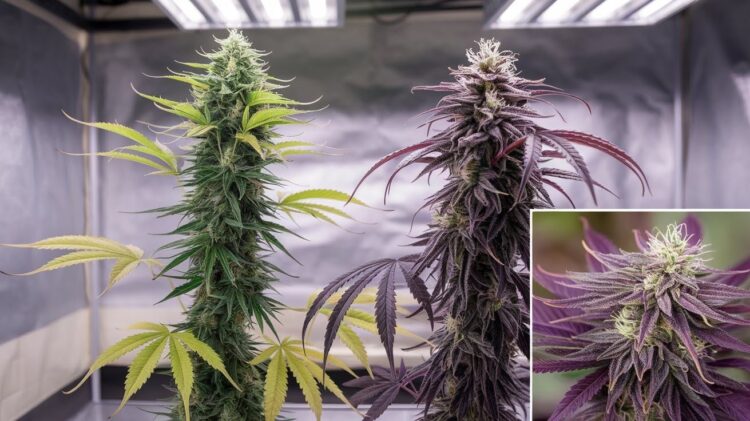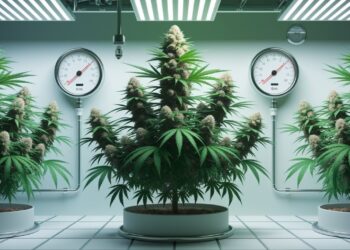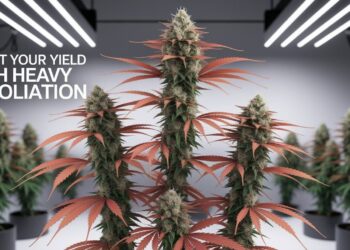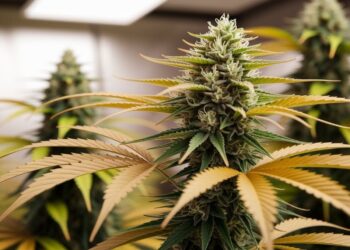Nitrogen toxicity can turn healthy cannabis plants into dark, droopy ones almost overnight. I’ve seen it happen on grow after grow, especially with beginners trying to feed their plants more than they need. If you’re facing this problem, you’re not alone-and the good news is, you can fix it.
In this guide, I’ll show you how to spot the early signs, correct the issue fast, and keep it from coming back. These tips come from hands-on experience helping other growers through the same situation. No fluff-just real steps that get results.
You’ll learn what nitrogen toxicity looks like, why it happens, and how to adjust your grow setup to avoid future trouble. By the end, you’ll feel sure about what to do next and how to protect your plants moving forward. Let’s get them back to growing strong and looking their best.
How to Spot Nitrogen Toxicity – Complete Visual Guide
Your plants are trying to tell you something. Let me show you precisely what to look for.
The Classic “Claw” Formation
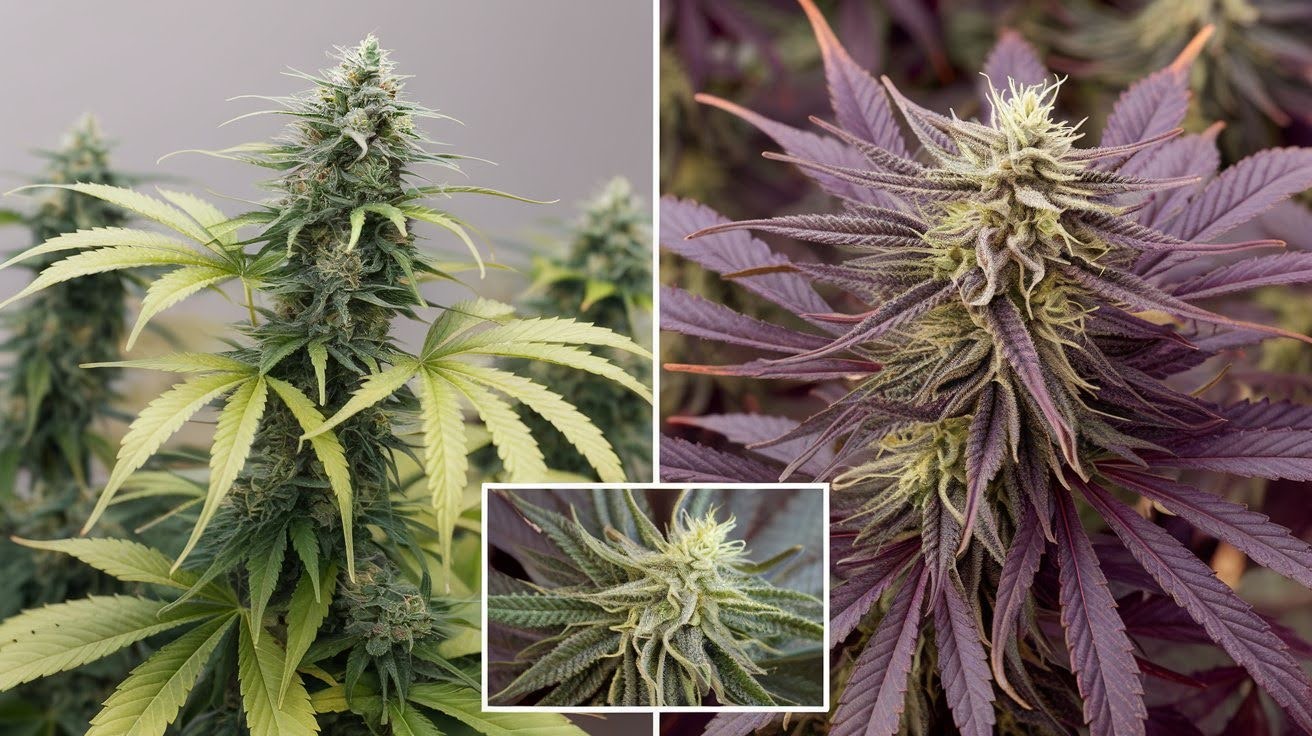
This is the big red flag. When I see leaf tips curling downward like claws, I know there’s trouble. Primary symptom: Leaf curling and clawing.
Tips and ends curl down like bird talons. This happens randomly across the whole plant. The curved shape looks different from Droopy’s overwatered leaves.
Here’s what happens next. The clawing gets worse over time. Progressive changes over time.
First, you see clawing, then yellowing starts. Leaves turn brown and die if you don’t act fast. Older leaves show problems before new growth does. But wait – there’s more to watch for.
Color and Appearance Changes
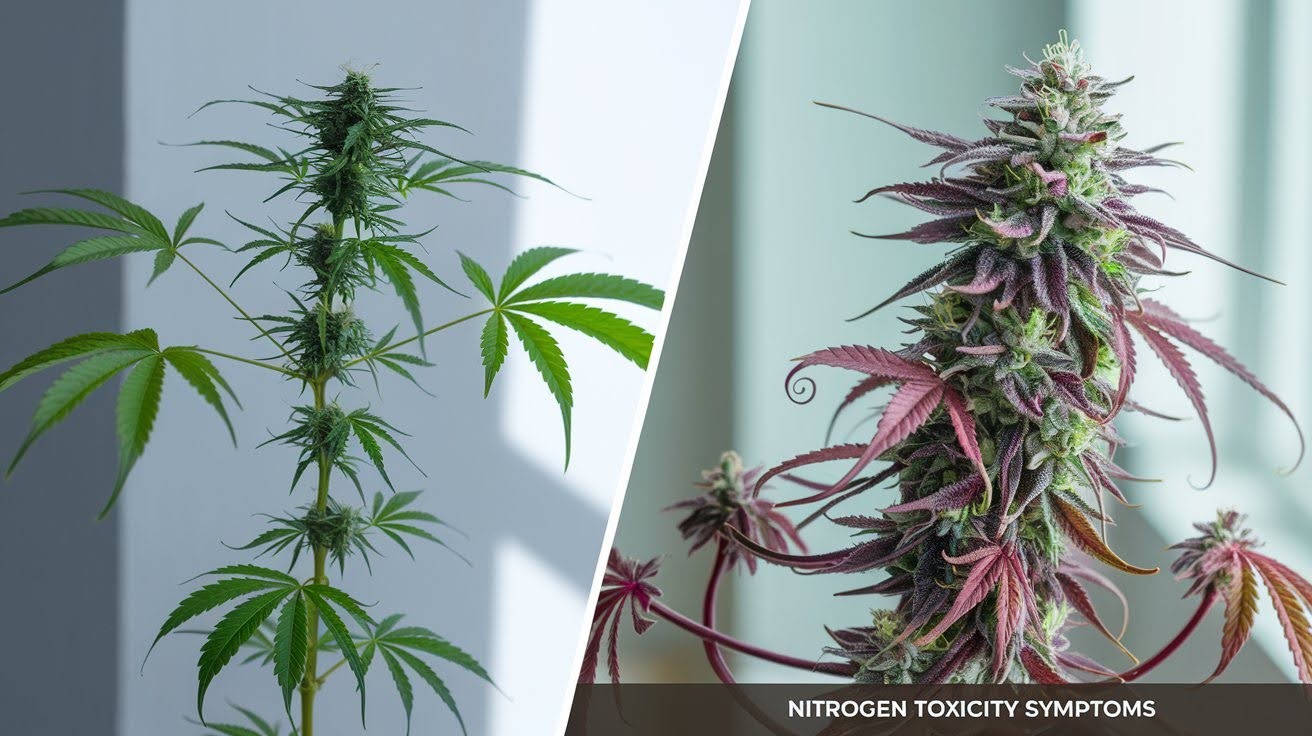
Your plants will look too green. I mean unnaturally green. Dark green, glossy appearance. The intense green color almost glows under lights.
Leaf surfaces become shiny and look fake. This is way darker than healthy plant color. Stems turn deep red or purple. Branches become weak and snap easily when touched.
Growth slows down significantly compared to normal. I’ve seen this pattern hundreds of times. The combination of clawing leaves and that super-dark green color means nitrogen toxicity. Your plants are getting too much food and can’t handle it.
Don’t ignore these signs. They only get worse without treatment.
Flowering Stage Specific Signs
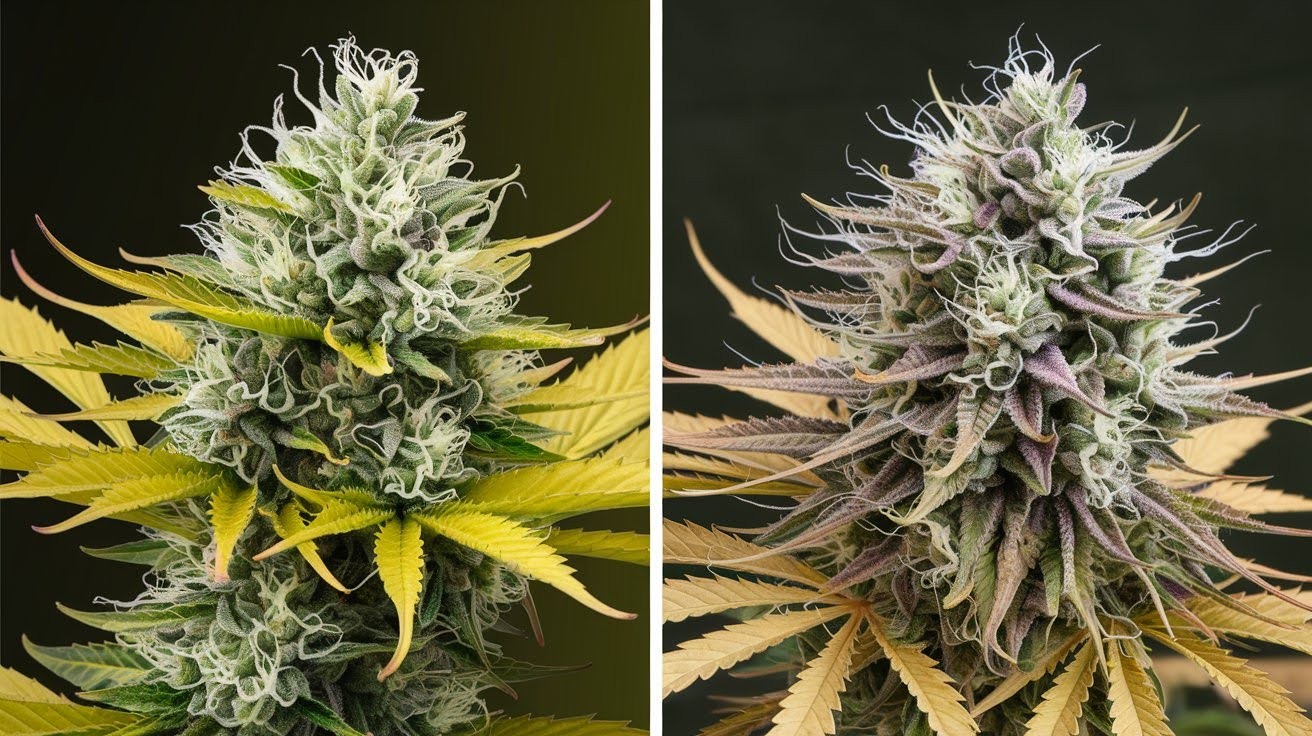
When your plants start flowering, nitrogen toxicity hits differently. The problems get much worse during this critical time. Flowering gets delayed when plants have too much nitrogen.
Your buds stay small and loose instead of growing thick and heavy. The flower structure becomes airy with gaps between clusters.
Here’s the scary part. Potency drops significantly. Sugar leaves turn yellow fast, which hurts your final harvest quality. But how do you know it’s nitrogen toxicity?
How to Tell from Other Problems
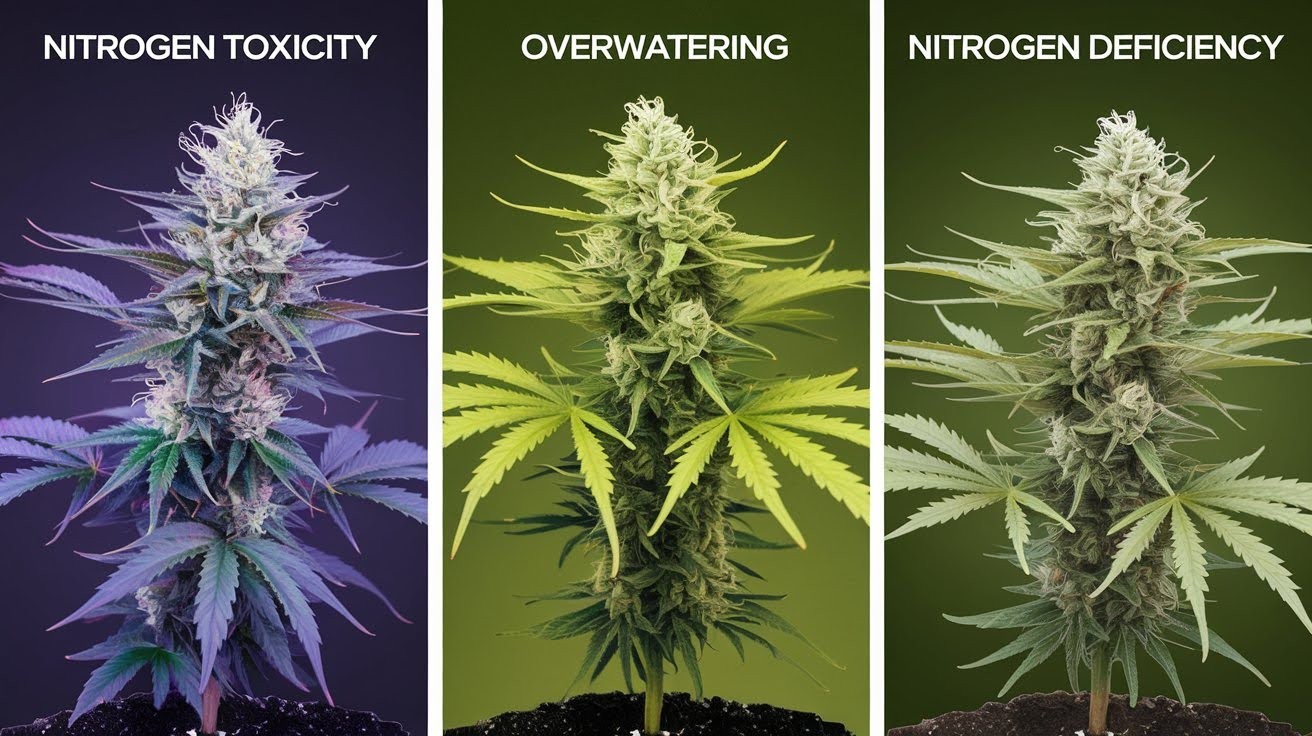
Many growers get confused here. Let me clear this up for you.
Nitrogen toxicity vs. overwatering
With toxicity, you see random clawing across dark green leaves. Plants look thick and compact.
Overwatering is different. All leaves droop uniformly but keep their standard green color. The whole plant looks sad and wilted.
Toxicity vs. nitrogen deficiency
This one trips up most growers. Pay close attention. Deficiency makes the bottom leaves turn yellow first. The whole plant looks pale green and weak.
Toxicity does the opposite. Leaves stay dark green with clawing before any yellowing starts. Problems show up randomly, not just at the bottom.
I see this mistake all the time. Growers often think their plants need more nitrogen, but they need less. This makes the problem ten times worse.
The key difference? Dark green clawing means too much nitrogen. Pale yellow leaves mean not enough.
Why Nitrogen Toxicity Happens – Stage Requirements
Your plants need different food at different times. Most growers don’t understand this simple fact.
Vegetative Stage Needs
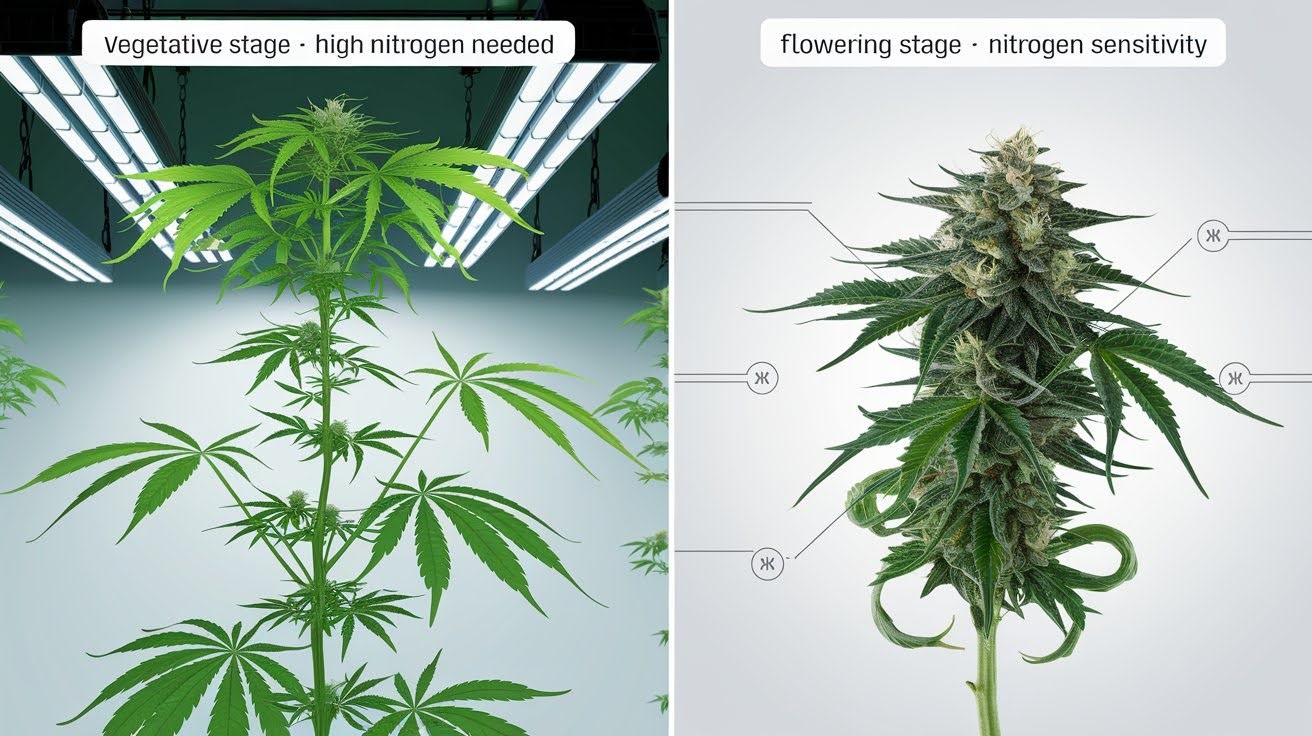
During veg, your plants are hungry for nitrogen. They’re building leaves and stems fast.
Higher nitrogen requirements during vegetative growth.
It’s hard to give too much nitrogen in the veg stage. Plants use it quickly for rapid leaf and stem development. They can handle higher amounts without problems.
Dyna-Gro “Foliage Pro” works great for veg. General Hydroponics “FloraNova Grow” is another solid choice. Most complete plant foods handle the veg stage well.
Then the flowering starts. Everything changes.
Flowering Stage Requirements
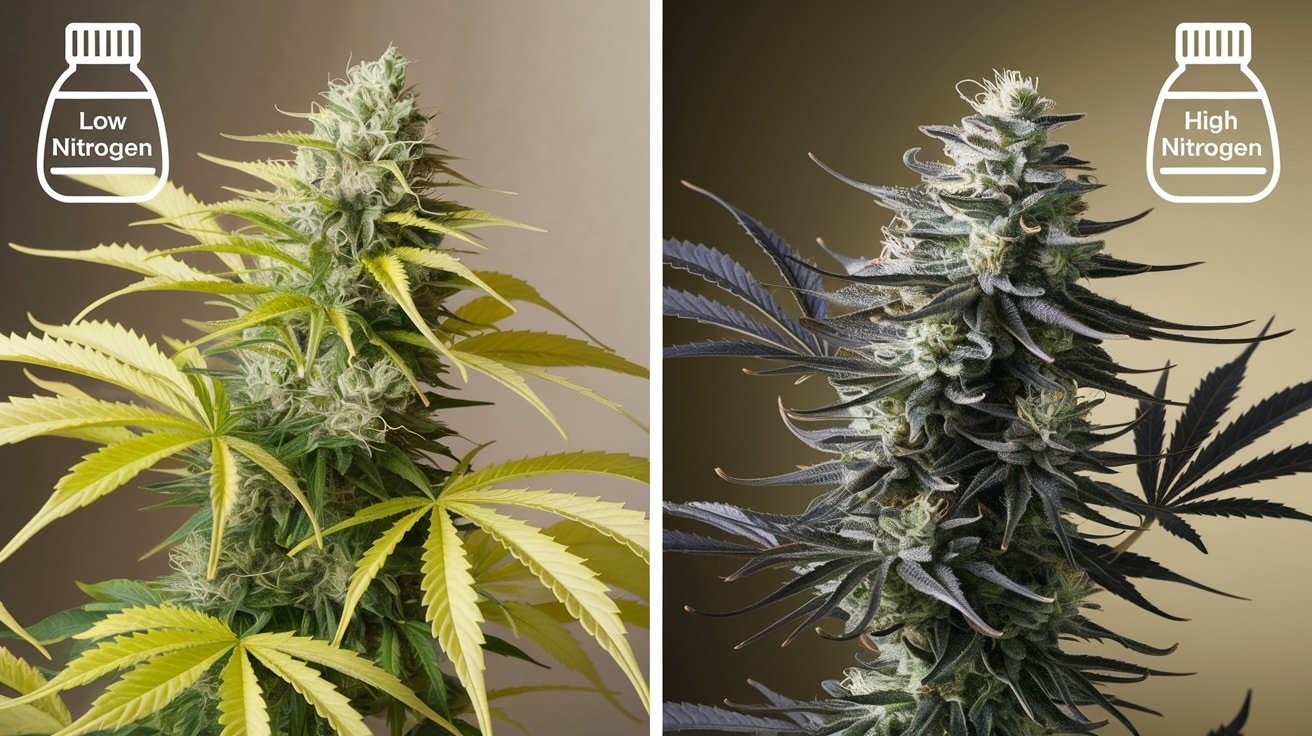
This is where most growers mess up badly. The rules flip completely. Cannabis needs very low nitrogen levels when flowering starts. Too much nitrogen stops proper bud formation. Your yields drop, and potency gets weaker.
Many growers continue to use veg nutrients for flowering. Big mistake. Others see natural leaf yellowing and add more food-an even worse mistake.
Time-release fertilizers like Miracle-Gro cause significant problems. They keep dumping nitrogen when plants don’t want it.
Here’s what you need to know. Leaves naturally turn yellow during late flowering. This is normal and healthy.
Your plant pulls nitrogen from old leaves to feed developing buds. It’s doing exactly what it should do. Adding more nitrogen at this stage causes toxicity every time. I’ve seen it happen to hundreds of growers.
The bottom line? Feed heavy nitrogen in veg, then cut it way back for flowering. Your plants will thank you with bigger, more potent buds.
How to Stop Nitrogen Toxicity – Treatment Steps
Time to fix this problem fast. Here’s exactly what I do when nitrogen toxicity hits.
Immediate Actions
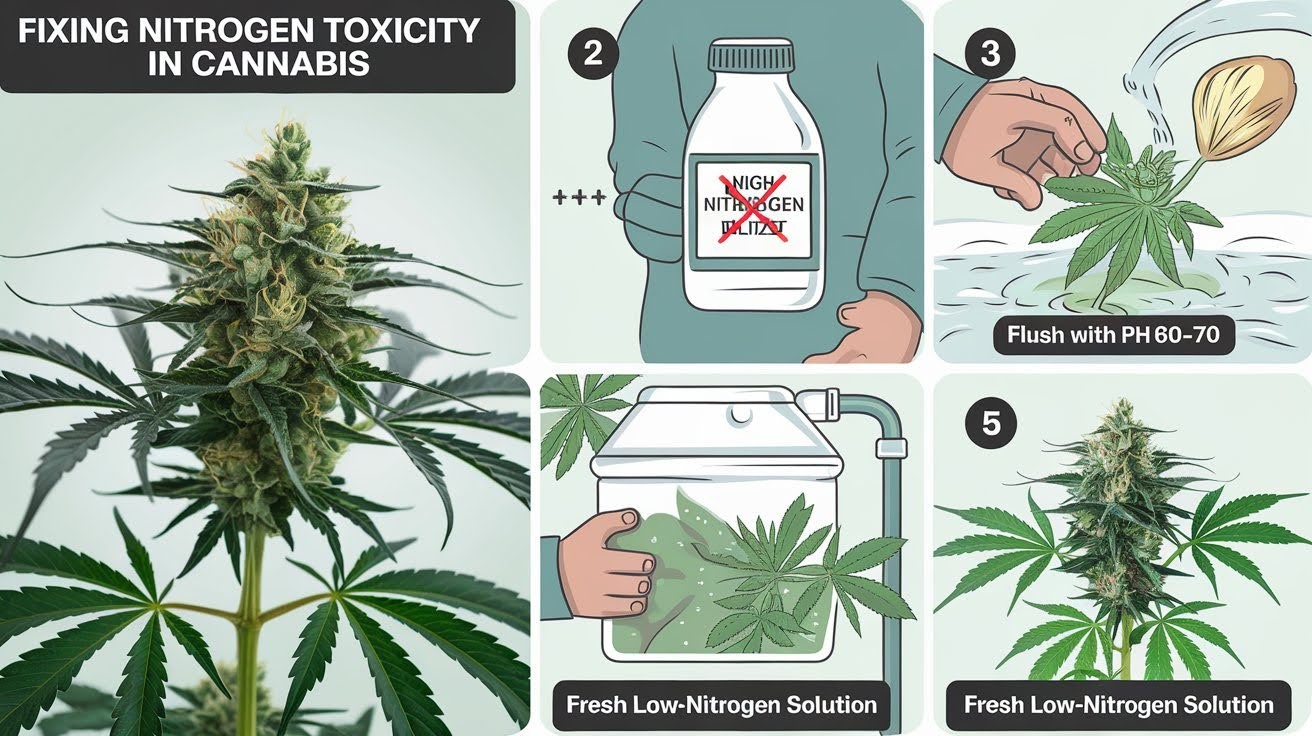
Stop nitrogen input immediately. Cut off all nitrogen-rich fertilizers right now. Switch to flowering nutrients with lower nitrogen content. If the problem is severe, stop all feeding temporarily.
But stopping feeding isn’t enough. Flush the growing medium. For soil growers: Flush with pH-balanced water between 6.0 and 7.0. Run water through multiple times until it drains clear.
For hydroponic systems: Replace your entire reservoir with fresh, lower-nutrient solution immediately. Keep flushing until excess nitrogen gets removed from the root zone. This step is critical. Your plants can’t recover until you wash out the extra nitrogen.
The flushing process takes time, but it works. I’ve saved countless plants this way.
Recovery Management
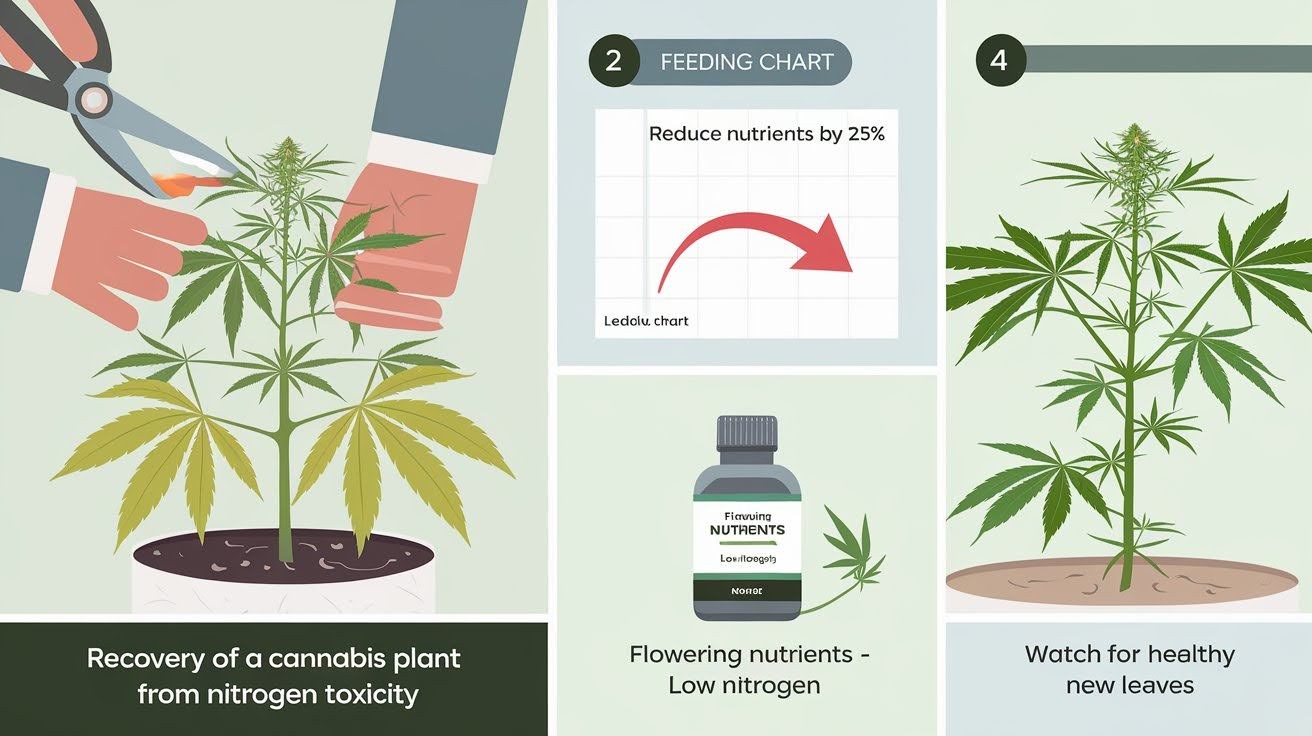
Your plants need help healing. Here’s how I guide them back to health. Carefully trim leaves with severe clawing and yellowing. Cut them off cleanly to prevent decay that attracts pests. But don’t go crazy. Leave enough healthy leaves for photosynthesis to continue.
Start slow when you feed again. Reduce nutrient strength by 25% from what you used before. Switch to flowering-specific nutrients with lower nitrogen ratios.
Watch new growth closely for signs of improvement. This tells you everything.
Recovery Timeline

Patience is key here. Recovery takes time, depending on how bad the toxicity was. Mild toxicity takes about 2 weeks for visible improvement. You’ll see new leaves growing normally again.
Severe cases need several weeks to recover fully. Some plants need to restart the vegetative phase completely. Here’s the hard truth. Affected leaves won’t recover. Those clawed, damaged leaves stay that way forever.
But new growth should appear healthy. Fresh leaves will grow normally without clawing or a dark green color. I always tell growers this: Focus on the new growth, not the old damage. Your plants are healing if new leaves look normal.
The recovery process tests your patience. But stick with reduced feeding and watch for healthy new growth. Your plants will bounce back stronger than before.
How to Prevent Nitrogen Toxicity
Prevention beats treatment every time. Here’s how I keep my plants healthy from the start.
Proper Nutrient Selection
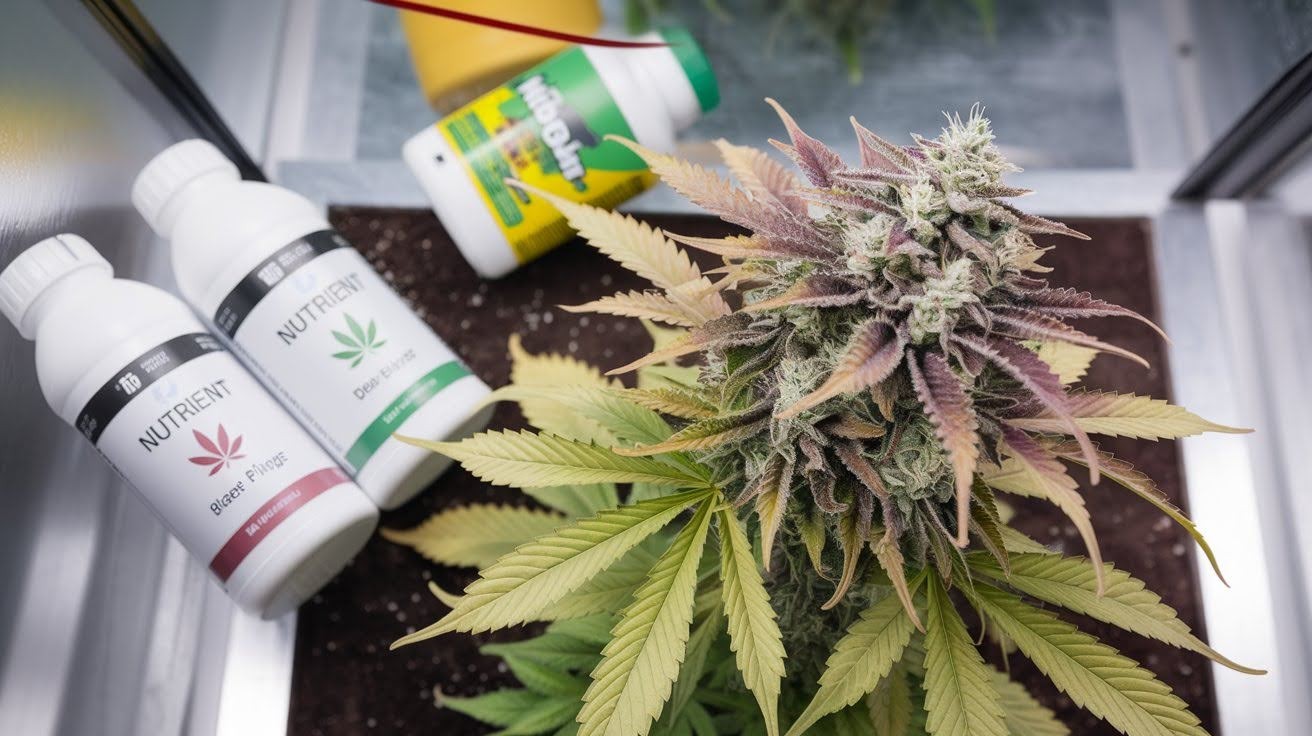
Use stage-appropriate nutrients. For flowering, I recommend Dyna-Gro “Bloom” or General Hydroponics “FloraNova Bloom.” Never use general plant foods during flowering. Time-release fertilizers like Miracle-Gro are completely off-limits for cannabis.
Follow the manufacturer’s dosage guidelines. Start with recommended amounts, not maximum doses. Adjust based on how your plants respond. Remember this: less is often more with cannabis nutrients.
Monitoring and Control
Regular pH monitoring. Keep soil pH between 6.0 and 7.0. Hydroponics needs a 5.5-6.5 pH range. Poor pH makes nitrogen toxicity worse. Higher temperatures increase water uptake and nitrogen absorption. Make sure you have good ventilation and air movement. Too much light can make the problem worse.
Check your plants daily for leaf changes and behavior. Act fast when you see the first signs of clawing. Keep detailed records of feeding schedules and plant responses.
This simple routine prevents most nitrogen problems before they start.
Conclusion
Nitrogen toxicity in weed doesn’t have to ruin your growth. You now know exactly what to look for and how to fix it. The key signs are simple: dark green leaves with downward clawing, especially during flowering. Stop nitrogen feeding immediately, flush your growing medium, and switch to flowering nutrients with lower nitrogen content.
Your plants will recover with patience and proper care. New growth will show healthy development while damaged leaves gradually fall away. Prevention is your best friend. Use stage-appropriate nutrients, monitor pH regularly, and watch for early warning signs through daily observation.
Got questions about your specific situation? Drop a comment below. I’d love to help you troubleshoot your growth and get those plants back on track.
Happy growing!
Frequently Asked Questions
What does nitrogen toxicity look like in weed plants?
Nitrogen toxicity causes leaves to curl downward like claws, especially at the tips. Plants develop an unnaturally dark green, glossy appearance. You’ll also see red or purple stems and stunted growth. These symptoms appear randomly across the plant, not just at the bottom.
How do you fix nitrogen toxicity in cannabis?
Stop all nitrogen-rich fertilizers immediately. Flush your growing medium with pH-balanced water to remove excess nutrients. Switch to flowering nutrients with lower nitrogen content. Remove severely damaged leaves and resume feeding gradually at 25% reduced strength.
Can plants recover from nitrogen toxicity?
Yes, plants can recover from nitrogen toxicity with proper treatment. Mild cases show improvement in about 2 weeks, while severe cases may take several weeks. Damaged leaves won’t heal, but new growth will appear healthy and normal.
What causes nitrogen toxicity in the flowering stage?
Using vegetative nutrients during flowering is the leading cause. Cannabis needs much less nitrogen when flowering starts. Time-release fertilizers and adding extra nutrients when seeing natural leaf yellowing also cause toxicity problems.
How can I prevent nitrogen toxicity in my weed plants?
Use stage-appropriate nutrients and follow manufacturer guidelines. Switch to flowering nutrients when blooming begins. Monitor pH levels regularly and maintain proper environmental conditions. Watch plants daily for early warning signs like leaf clawing.

